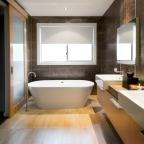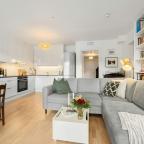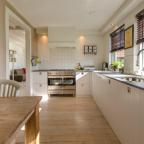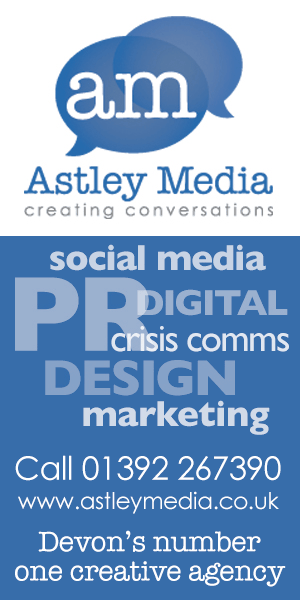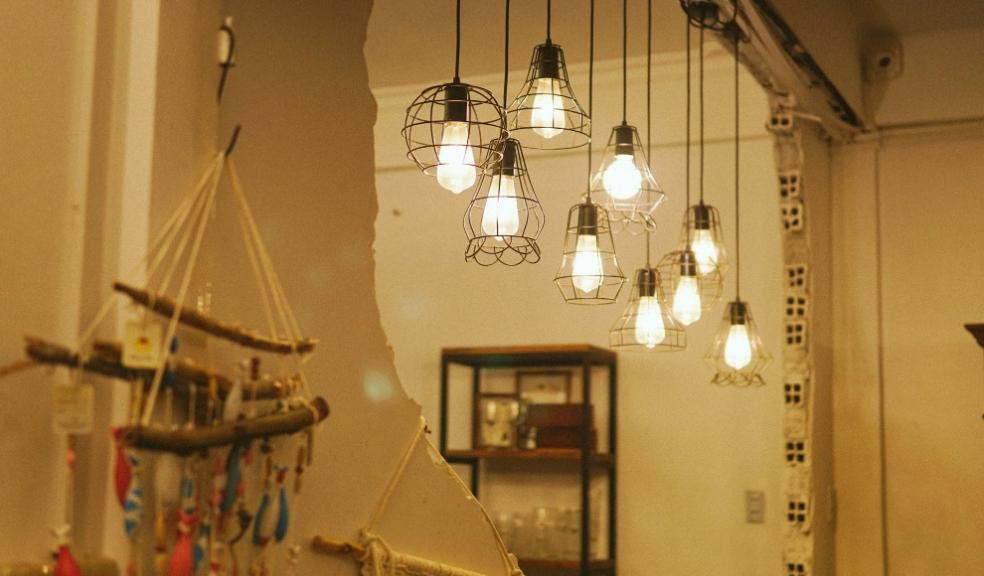
Why British Shop Owners Are Switching Their Overhead Lights
Across Britain’s high streets and retail parks, shop owners are quietly transforming their lighting systems. The familiar hum of fluorescent tubes is steadily being replaced by the crisp, efficient glow of LED lights. This shift is largely influenced by rising regulatory standards and a growing demand for improved lighting quality.
Lighting can account for a substantial portion of a shop's energy use, prompting many business owners to reconsider their overhead lighting. While LED systems require an initial investment, the enhanced lighting performance and reduced maintenance needs make them increasingly attractive to retailers.
The Hidden Impact of Outdated Lighting for UK Small Businesses
Small business owners in the UK face mounting pressure from multiple directions. For those still using outdated lighting systems, this adds operational strain and compliance risk.
A typical 100m² shop using fluorescent fixtures requires frequent lamp replacements and incurs disruptions during business hours. These interruptions can negatively affect customer experience and employee productivity. Each failure often demands staff time and attention, detracting from core business activities.
Additionally, research from the Health and Safety Executive highlights the human cost of poor lighting. Their assessment revealed that inadequate lighting contributes to decreased employee alertness and increased headaches and eye strain. These factors directly affect staff wellbeing and service quality.
Evolving regulatory standards compound the issue. The UK's Minimum Energy Efficiency Standards (MEES) require commercial properties to achieve at least an “E” rating on Energy Performance Certificates. Outdated lighting systems are now a compliance liability, making upgrades a practical necessity.
Matching Lighting to Commercial Environments
Each commercial space has distinct lighting needs. Retail shops rely heavily on lighting to shape the shopping experience. Research from the Chartered Institution of Building Services Engineers shows that thoughtful lighting design increases product engagement by up to 35%. Colour rendering is essential for sectors like fashion and food, where true representation matters.
Employee comfort is key in offices. Studies show that well-designed LED lighting in workplaces reduces eye strain and headaches. Indirect lighting solutions that minimise screen glare while maintaining adequate brightness are ideal for these settings.
Industrial environments present another set of challenges. Tasks in workshops and manufacturing spaces require specific illumination levels, between 300 and 1,000 lux, depending on activity. LED high-bay fixtures provide the necessary brightness while supporting compliance with workplace lighting standards.
Thankfully, businesses seeking tailored solutions can speak with providers such as JC-LGL, which offer custom lighting assessments based on space requirements and infrastructure. Their range includes practical options like construction string light systems, ideal for temporary setups or areas under refurbishment, offering visibility and compliance during transitional phases.
LED Lighting: Prioritising Performance and Reliability
While the upfront cost of LED lighting systems can cause hesitation, the long-term benefits extend beyond the initial installation.
LEDs dramatically reduce maintenance demands. Unlike fluorescent tubes that typically last 1–2 years in commercial settings, high-quality LED fixtures can maintain performance for over 50,000 hours, equating to around 5–7 years of use. This long lifespan reduces disruption and removes the burden of constant replacements.
LED technology also provides consistent, high-quality illumination. Businesses experience improved visual clarity and reduced flicker, creating a more welcoming atmosphere for customers and a more comfortable environment for staff.
Measuring Lighting System Efficiency
Evaluating lighting efficiency starts with a basic inventory of fixtures. Business owners should document each light's type, wattage, quantity, and daily operating hours. This provides a clear picture of current usage patterns and identifies areas for improvement.
Energy usage can be estimated by multiplying fixture wattage by daily usage hours and the number of units. This helps to prioritise where upgrades are needed most, especially in areas with continuous lighting requirements, older technologies, or where visual quality directly influences operations.
Choosing the Right LED Systems
Selecting LED systems involves more than brightness and cost. Business owners should look for products that meet safety and performance standards. Certification labels such as CE and UKCA ensure regulatory compliance, while ENEC and inclusion on the Energy Technology List (ETL) confirm tested quality.
Lighting colour temperature is another key factor. Retailers typically benefit from 3000K–4000K lighting, which offers a warm and inviting look. Offices perform better with 4000K–5000K lights that support focus and reduce fatigue.
Lighting the Way Forward
For British retailers, upgrading to LED lighting systems is a practical step toward improved operational efficiency, employee wellbeing, and regulatory compliance. As expectations for commercial property standards rise, outdated systems are becoming less viable, not just from a functional perspective, but from a compliance standpoint.
LED lighting offers consistent, high-quality illumination and reduces maintenance demands, creating better environments for staff and customers. By embracing modern lighting technologies, business owners can enhance day-to-day operations while preparing their premises for the future.





